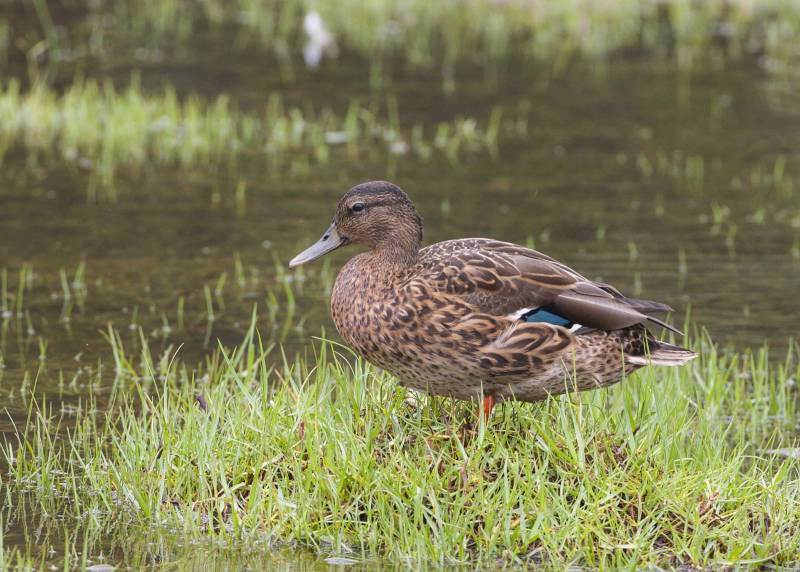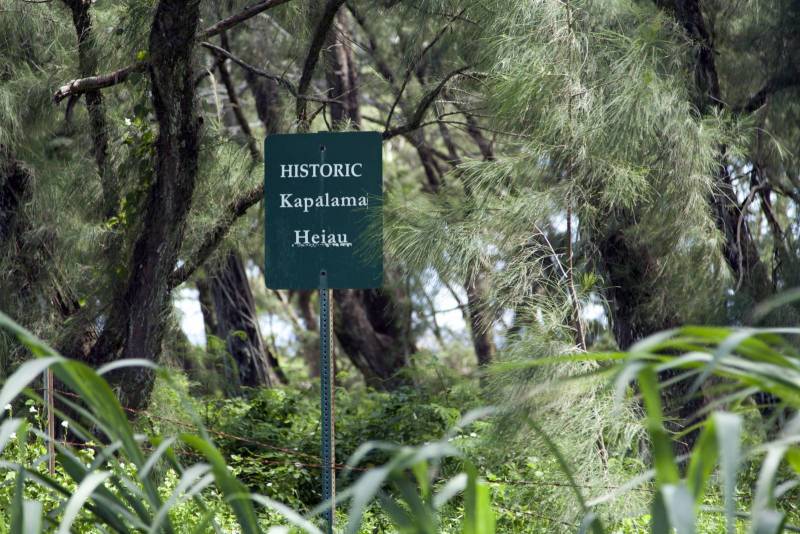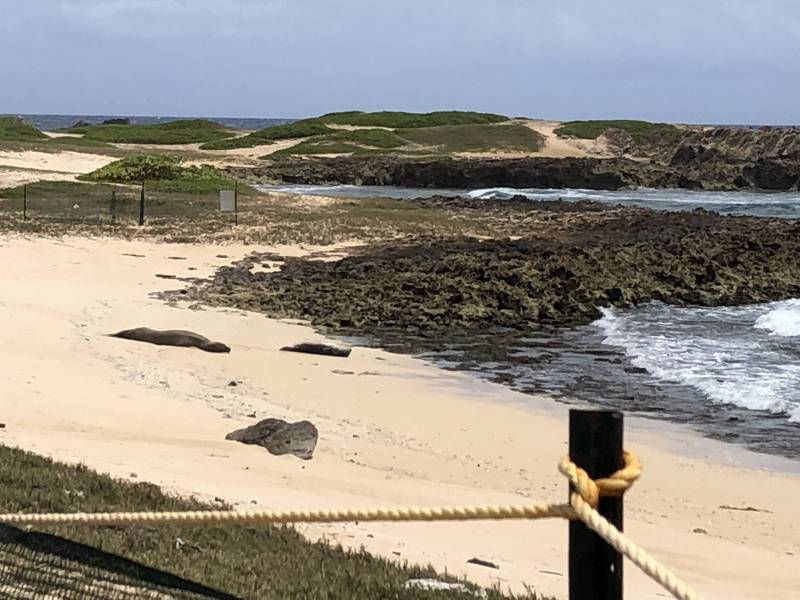Defining Conservation Properties and Legacy Lands in Hawaiʻi
How do we definite the “conservation” and “legacy” properties that fall within the portfolio and practice of Hawaii Lifeʻs conservation and legacy lands initiative?
It is not as simple as looking for property with a historical designation, or with conservation or preservation zoning. Often the properties have none of these, but anyone familiar with the place would attest it is special…having what we call “conservation values.” A speaker of the Hawaiian language would probably use the term wahi pana to describe the most celebrated of these places.
Simply put, apply the equivalent of the duck test: if it looks like a duck, swims like a duck, and quacks like a duck, then it probably is a conservation property (oops, DUCK).

The Koloa Maoli duck is endemic to Hawaiʻi…but can crossbreed with the imported mallard, so isolation from domestic ducks is critical. Funds are available for wetlands Koloa habitat preservation. Photo credit: Jack Jeffrey Photography
What are Conservation Values and Conservation Land?
Within the field of conservation and historic preservation, legacy lands and historic properties are identified by ecological, social, and cultural values such as:
- the presence of endemic or endangered species;
- critical components of an ecosystem such as watershed or marine coastal land;
- significance to local cultural practice, historically or present;
- important agricultural resources;
- the ability of a significant place and its stories to provide a link between the past and present generations.

This 93-acre oceanfront listed for $2.9 million in North Kohala, Hawaii Island, consists of two parcels, one of which is zoned “preservation” and has a protection plan for this documented sacred cultural site at Kapanaia.
Does a Conservation or Legacy Property Have a Certain Zoning?
The Hawaii State Land Use Commission is required to classify all land in Hawaiʻi as either rural, urban, agricultural (including Important Agricultural Lands), or conservation. In addition to the state designation, each county (island) has their own zoning framework which includes various conservation or preservation categories.
A property may have split or “conflicting” Hawaiʻi state use designation and county zoning, which can be confusing for owners and buyers. In addition, in cooperation with the federal government Coastal Zone Management (CZM) program, Hawaiʻi oceanfront parcels will have a CZM zone in which any improvements require a Special Management Area permit.
In order to protect cultural resources and conservation values, County subdivision and special use applications, as well as grading and building permits will often require that the owner pays for an archeological survey. Depending on what is found, permits would require certain areas to be left undisturbed, protected and/or managed.
Thus the owner of a property that is zoned agricultural, or even resort, may desire to, or even be required to, engage in conservation and preservation of elements of their property.

An example of a Legacy Lands property: the largest privately owned oceanfront parcel on Oahu, North Shore is zoned Agricultural 2-acres. 165 acres listed for $22,500,000. Shown here are an endangered monk seal mother and new pup, indicative of some of the propertyʻs conservation values to be preserved even in a development scenario.
Sometimes conservation and legacy properties already appear on a list such as Hawaiian Island Land Trustʻs Iconic Lands List or have a historic designation under international, national, state or local programs. They may be adjacent to a named or protected site and have similar attributes. Often they are identified as such by local communities but have not gone through a process of official designation.
What to Do if Your Property Looks Like a (Conservation) Duck
Whether you are a Hawaiʻi real estate buyer, seller, or owner of a property that appears to have conservation or historic values, Hawaiʻi Life is happy to consult with you on what this means for you, and how best to work with your local community and conservation and preservation organizations.

NOT a DUCK: Nene geese, another endemic bird, photographed on the grounds of the St Regis Princeville hotel on Kauai.
P.S.–If what attracted your interest in this post was the Koloa duck and Hawaiian birds in general, the Hawaii Island Festival of Birds runs from September 14-17th this year. Or visit the Hawaii Wildlife Center in Kapaʻau any time of year.


Leave your opinion here. Please be nice. Your Email address will be kept private, this form is secure and we never spam you.